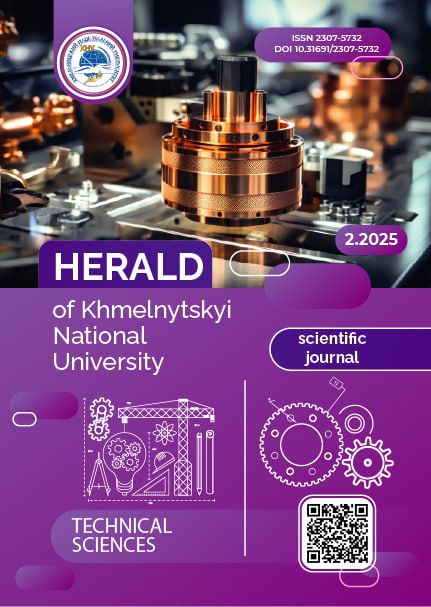ANALYSIS OF PULSE POWER SUPPLY PARAMETERS AND RADIATION FLUX OF LED LIGHT SOURCES
DOI:
https://doi.org/10.31891/2307-5732-2025-349-3Keywords:
pulsed power supply systems, pulse width modulation, luminous flux, injection currentAbstract
Semiconductor light sources are widely used across various applications, including outdoor and household lighting, displays for computer systems and portable electronics, automotive lighting, and even irrigation systems in the agricultural sector. Their popularity is largely due to their high energy efficiency, long lifespan, and the simplicity of their power supply and control systems. However, maintaining a stable luminous flux is crucial, as fluctuations can occur due to variations in the supply current and the steep voltage response of the forward-biased diode. To achieve stability, current regulation is required, but this leads to additional energy consumption and complexities in the luminous flux control system.To address these challenges, pulsed power supply systems utilizing pulse-width modulation (PWM) are preferred, as they allow for more efficient and precise control of the luminous flux. This paper examines the parameters of a PWM power supply system with unipolar rectangular pulses and analyzes the dependence of the luminous flux on variations in these parameters. The study establishes that at injection currents ranging from 0.43 to 1.45 mA, the luminous flux increases linearly with a coefficient of k = 0.179, which is attributed to the monomolecular recombination mechanism. As the injection current continues to increase, a nonlinear growth in luminous flux is observed, which follows a third-order polynomial function. These findings provide valuable insights into optimizing the efficiency and stability of semiconductor light sources in various applications.
Downloads
Published
Issue
Section
License
Copyright (c) 2025 ЯРОСЛАВ ФІЛЮК, ВОЛОДИМИР АНДРІЙЧУК, МИРОСЛАВ НАКОНЕЧНИЙ, ЛЮБОВ КОСТИК, ЯРОСЛАВ ОСАДЦА (Автор)

This work is licensed under a Creative Commons Attribution 4.0 International License.

